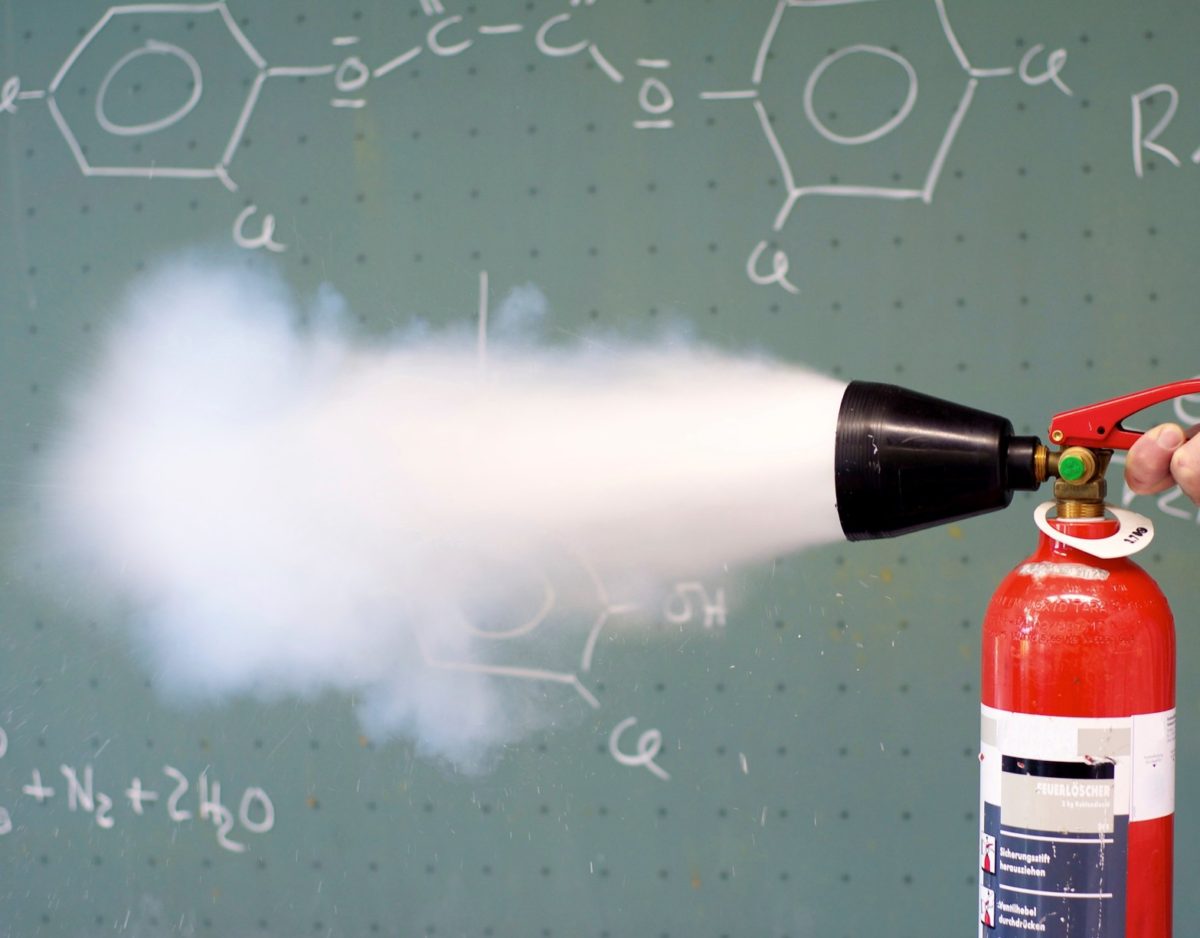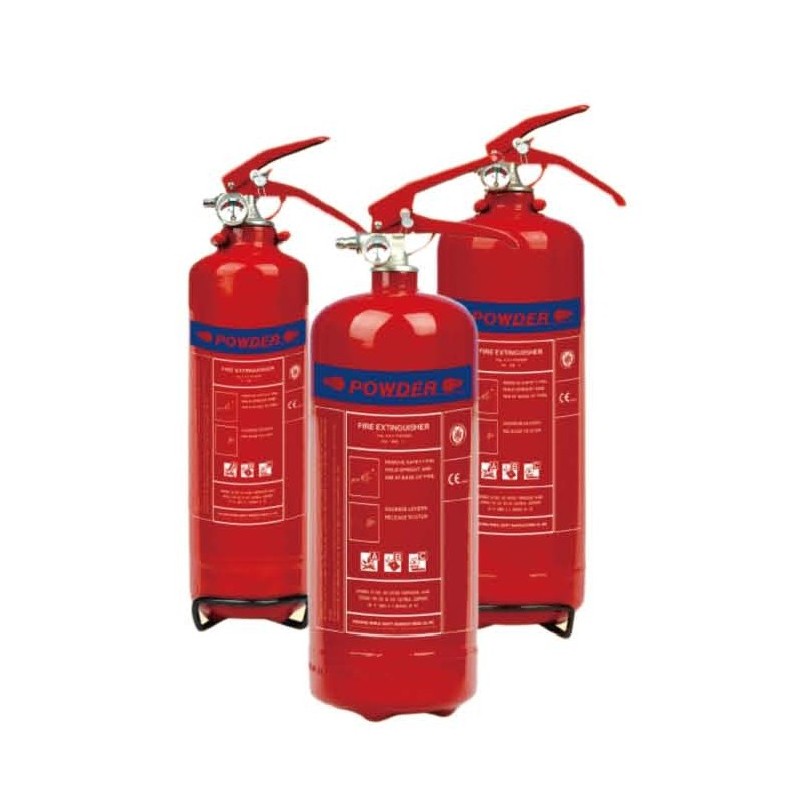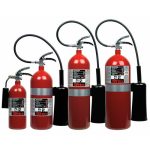I. Introduction

A. Importance of fire extinguishers in fire safety
Fire extinguishers play a critical role in fire safety by providing individuals with a means to suppress or extinguish small fires. They are effective tools that can prevent the spread of fires and minimize potential damage or risks to life. However, there are concerns regarding the potential toxicity of fire extinguisher powder, which is commonly used in various types of extinguishers.
B. Overview of fire extinguisher powder and concerns regarding its toxicity
Fire extinguisher powder, also known as dry chemical powder, is a widely used agent in fire extinguishers due to its effectiveness in suppressing different types of fires. However, there are concerns about its potential toxicity and the impact it may have on human health. In this article, we will explore and examine the potential dangers and safety implications associated with fire extinguisher powder.
II. Understanding Fire Extinguisher Powder
A. Types of fire extinguisher powders
- ABC powder:
This type of extinguisher powder is a combination of monoammonium phosphate and ammonium sulfate. It is commonly used for extinguishing fires involving ordinary combustibles, flammable liquids, and electrical equipment. - BC powder:
BC powder is made up of sodium bicarbonate or potassium bicarbonate and is primarily used for suppressing fires involving flammable liquids and gases, such as oil or gas fires. - Class D powder:
Class D powder is specifically designed to extinguish fires involving combustible metals, such as magnesium or titanium.
B. Composition and properties of fire extinguisher powders
Fire extinguisher powders are typically composed of finely powdered materials that can smother or interrupt the chemical reaction of a fire. The specific composition and properties of each type of powder may vary, but they are generally non-toxic and non-flammable.
III. Potential Toxicity of Fire Extinguisher Powder
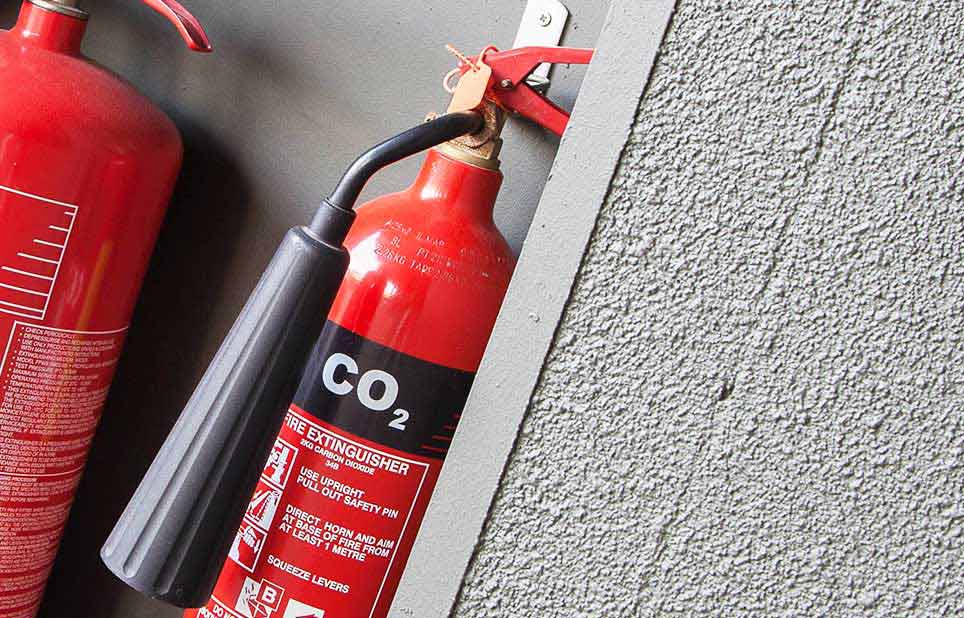
A. Health hazards associated with inhaling fire extinguisher powder
- Irritation to the respiratory system: Inhaling fire extinguisher powder can cause irritation to the respiratory system, leading to coughing, wheezing, and difficulty breathing.
- Allergic reactions: Some individuals may be allergic to certain components of fire extinguisher powder, resulting in allergic reactions such as skin rashes, itching, or respiratory distress.
- Long-term health effects: Prolonged exposure to fire extinguisher powder, particularly in industrial or occupational settings, may pose health risks, including respiratory disorders and lung damage.
B. Risks of skin contact with fire extinguisher powder

- Skin irritation and rashes:
Direct contact with fire extinguisher powder can cause skin irritation and rashes, especially for individuals with sensitive skin. - Eye irritation and injury:
Fire extinguisher powder can irritate the eyes and, in some cases, cause corneal abrasion or other eye injuries. - Ingestion-related concerns:
Accidental ingestion of fire extinguisher powder can potentially lead to gastrointestinal discomfort, nausea, vomiting, or other digestive issues. However, ingestion of small amounts is generally not considered highly toxic.
IV. Safety Measures and Handling Precautions
A. Proper utilization of personal protective equipment (PPE)
Taking necessary precautions and utilizing personal protective equipment (PPE) is essential when handling fire extinguisher powder to minimize the risk of exposure and potential health hazards.
- Wearing gloves, masks, and goggles: Protect the skin, respiratory system, and eyes by wearing gloves, a mask, and goggles when cleaning up or handling fire extinguisher powder. This helps prevent direct contact with the powder and inhalation of airborne particles.
- Ensuring adequate ventilation during clean-up: When cleaning up fire extinguisher powder, ensure that the area is well-ventilated to minimize exposure to airborne particles. Open windows and use fans to improve air circulation, reducing the concentration of powder particles in the immediate environment.
B. Cleaning and decontamination procedures
Proper cleaning and decontamination procedures are necessary to safely handle fire extinguisher powder and eliminate any potential residual hazards.
- Steps to safely clean up fire extinguisher powder: a. Wear appropriate PPE, as mentioned earlier. b. Carefully scoop or vacuum the powder using a HEPA vacuum or an appropriate cleaning tool. c. Dispose of the collected powder according to local regulations. d. Thoroughly clean the affected area with soap and water or a mild detergent, removing any residue or remaining particles. e. Rinse the area with clean water and dry it thoroughly.
- Disposal guidelines for contaminated materials: a. Follow local regulations and guidelines for the disposal of fire extinguisher powder and any contaminated materials. b. Contact local waste management authorities for specific instructions on how to dispose of the collected powder, cleaning materials, and other associated waste.
C. Seeking medical attention when necessary
It is important to recognize the symptoms of exposure to fire extinguisher powder and seek medical attention if needed.
- Recognizing symptoms of exposure: a. Respiratory symptoms: Coughing, wheezing, shortness of breath, or chest tightness. b. Skin symptoms: Redness, irritation, rash, or itching. c. Eye symptoms: Irritation, redness, watering, or blurred vision. d. Digestive symptoms: Nausea, vomiting, or abdominal pain.
- Contacting a healthcare professional: If you experience any of the above symptoms or have concerns about potential exposure to fire extinguisher powder, it is advisable to seek medical attention. Healthcare professionals can provide appropriate advice and treatment based on your specific situation.
V. Debunking Common Myths about Fire Extinguisher Powder Toxicity
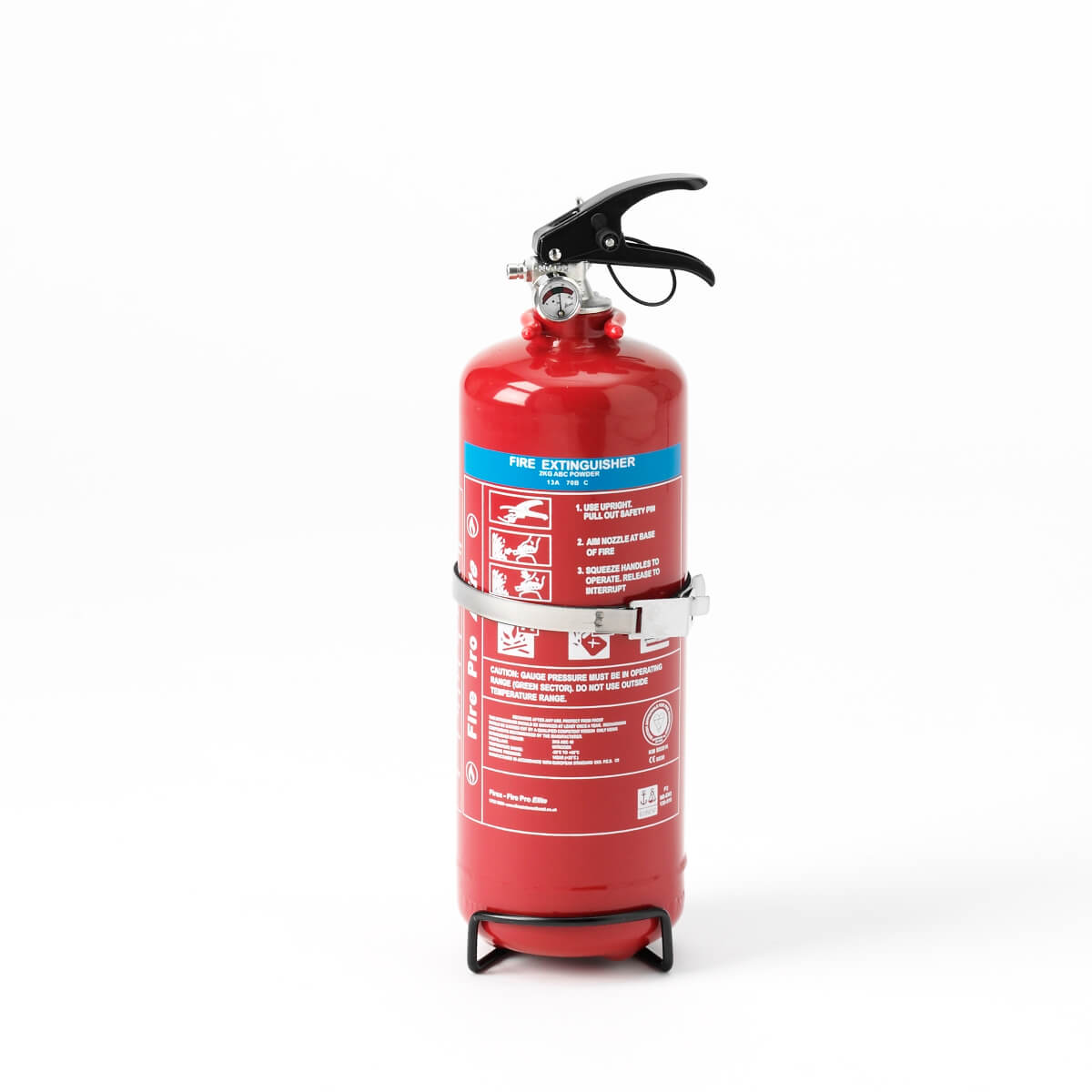
A. Clarifying misconceptions regarding fire extinguisher powder
Debunking common myths surrounding the toxicity of fire extinguisher powder highlights the actual risks involved and emphasizes the importance of proper handling and clean-up.
- Limited long-term health implications: While fire extinguisher powder can cause acute health effects if exposed, evidence suggests limited long-term health implications when handled and cleaned up properly.
- Importance of proper handling and clean-up: Proper precautions and clean-up procedures are essential to minimize exposure and potential risks associated with fire extinguisher powder. Following recommended safety measures ensures safe handling and reduces the likelihood of adverse health effects.
B. Addressing concerns about fire extinguisher powder residue
Addressing concerns about fire extinguisher powder residue aims to provide clarity regarding the residual effects and potential risks associated with its presence.
Residual fire extinguisher powder can linger after use, but when cleaned up properly, the risks are significantly reduced. Regular cleaning and maintenance, including proper disposal of contaminated materials, help minimize any lingering residue from fire extinguisher powder.
Conclusion
Understanding the safety measures, handling precautions, and potential risks associated with fire extinguisher powder is essential for safe usage and maintenance. By following proper safety protocols, utilizing personal protective equipment (PPE), and adhering to recommended clean-up and disposal procedures, potential exposure and health risks can be minimized. Debunking common myths and providing clarity around concerns related to fire extinguisher powder toxicity helps foster a better understanding of the necessary precautions. Exploring alternatives to powder-based fire extinguishers ensures that appropriate choices can be made to suit specific fire hazards. Overall, maintaining fire safety and effectively managing fire extinguisher powder involves responsible handling practices, ongoing education, and adherence to safety guidelines.
